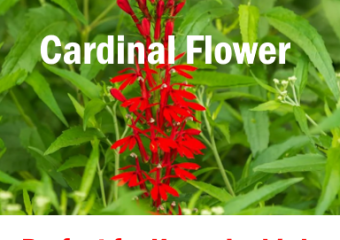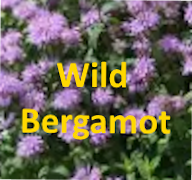Stunning Bee Balm Guide: Free Hummer Nectar, Best Zones & Essential Care Tips

Is Bee Balm a Good Choice for Attracting Hummers?
Bee Balm, scientifically known as Monarda, is indeed a spectacular choice for those looking to attract hummingbirds (“hummers”) to their garden. This plant is not only beloved for its vibrant, crown-like flowers but also for its ability to appeal to these charming nectar-seekers. Let’s explore the various aspects of Bee Balm, including its nectar production, growth requirements, and overall benefits and drawbacks in a garden setting.
How Much Nectar Does Each Bee Balm Flower Produce?
Understanding the nectar production of Bee Balm is essential for gardeners aiming to attract hummingbirds. Although exact measurements of nectar per flower can vary widely based on environmental factors and the specific variety of Bee Balm, this plant is generally known for its generous nectar output. Hummingbirds are frequent visitors, drawn by the rich, accessible nectar stores within each tubular blossom. By planting Bee Balm, you provide a reliable food source that keeps these birds returning throughout the blooming season.
Suitable USDA Zones and Growing Conditions
When considering adding Bee Balm to your garden, it’s important to know the right growing conditions and zones for optimal growth. Bee Balm thrives in USDA zones 4 through 9, making it quite versatile for various climate conditions. This wide range ensures that a majority of gardeners in the United States can cultivate Bee Balm successfully.
Sunlight and Water Requirements
For the best growth and flower production, Bee Balm should be planted in an area that receives full sun to partial shade. Ideally, it prefers at least 6 hours of direct sunlight per day. Regarding watering needs, Bee Balm likes moist, well-drained soil. Regular watering is crucial, especially during hot, dry periods. However, it’s important to avoid waterlogging as this can lead to root rot.
Is Bee Balm an Annual or a Perennial?
One of the appealing features of Bee Balm is its status as a perennial plant. This means once you plant it, Bee Balm will return year after year, often spreading to cover more ground. This characteristic makes it a cost-effective option for gardeners looking to establish a long-term, low-maintenance hummingbird paradise.
The Cost-Effectiveness of Planting Bee Balm
Addressing the question of whether the nectar from Bee Balm is practically free and producing free nectar once planted, the answer is largely yes. After the initial investment in the plants and setting up suitable growing conditions, Bee Balm requires relatively minimal upkeep. The recurrent blooms provide a steady source of nectar for hummingbirds without continual expenses.
Potential Drawbacks of Using Bee Balm in Your Garden
While there are many benefits to using Bee Balm, it’s also fair to consider any potential drawbacks. One concern could be its invasiveness. Bee Balm can spread quite robustly, sometimes overtaking areas intended for other plants. Additionally, Bee Balm is susceptible to powdery mildew, especially in humid conditions or when airflow is poor.
Proper spacing and attention to air circulation around your Bee Balm plants are critical to prevent disease and manage its spread within your garden. Cultivating Bee Balm with these considerations in mind ensures that it remains a delightful and manageable part of your garden ecosystem.
Conclusion
In summary, Bee Balm is an excellent addition to any garden aiming to attract hummers. Its high nectar production, suitability across a wide range of USDA zones, perennial nature, and the stunning visual appeal make it a favorite among gardeners. By understanding and managing Bee Balm’s few drawbacks, such as its potential for invasiveness and susceptibility to powdery mildew, gardeners can enjoy the dual benefits of vibrant beauty and a natural hummingbird attractant. With Bee Balm, the splendor of hummingbirds fluttering in your garden can indeed come at little cost following the initial setup.





